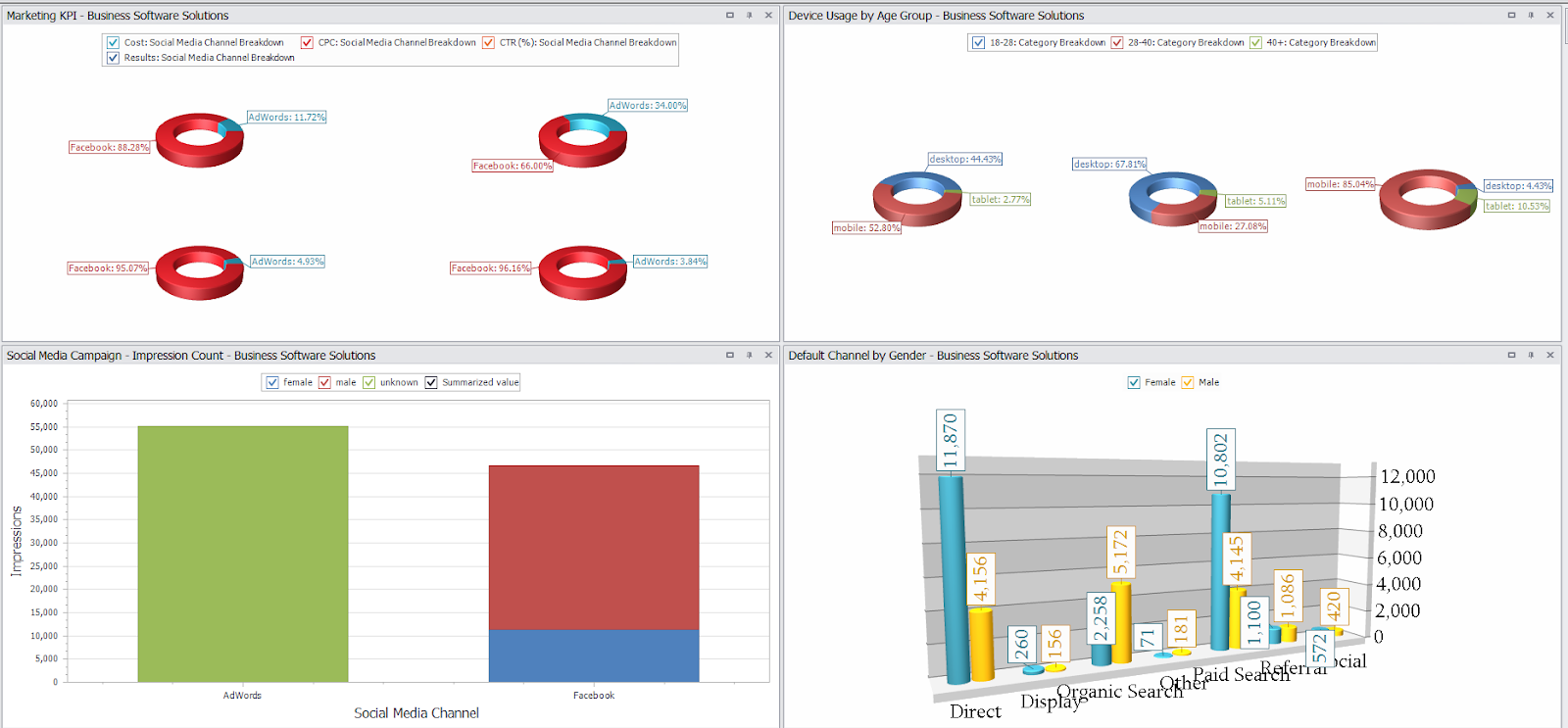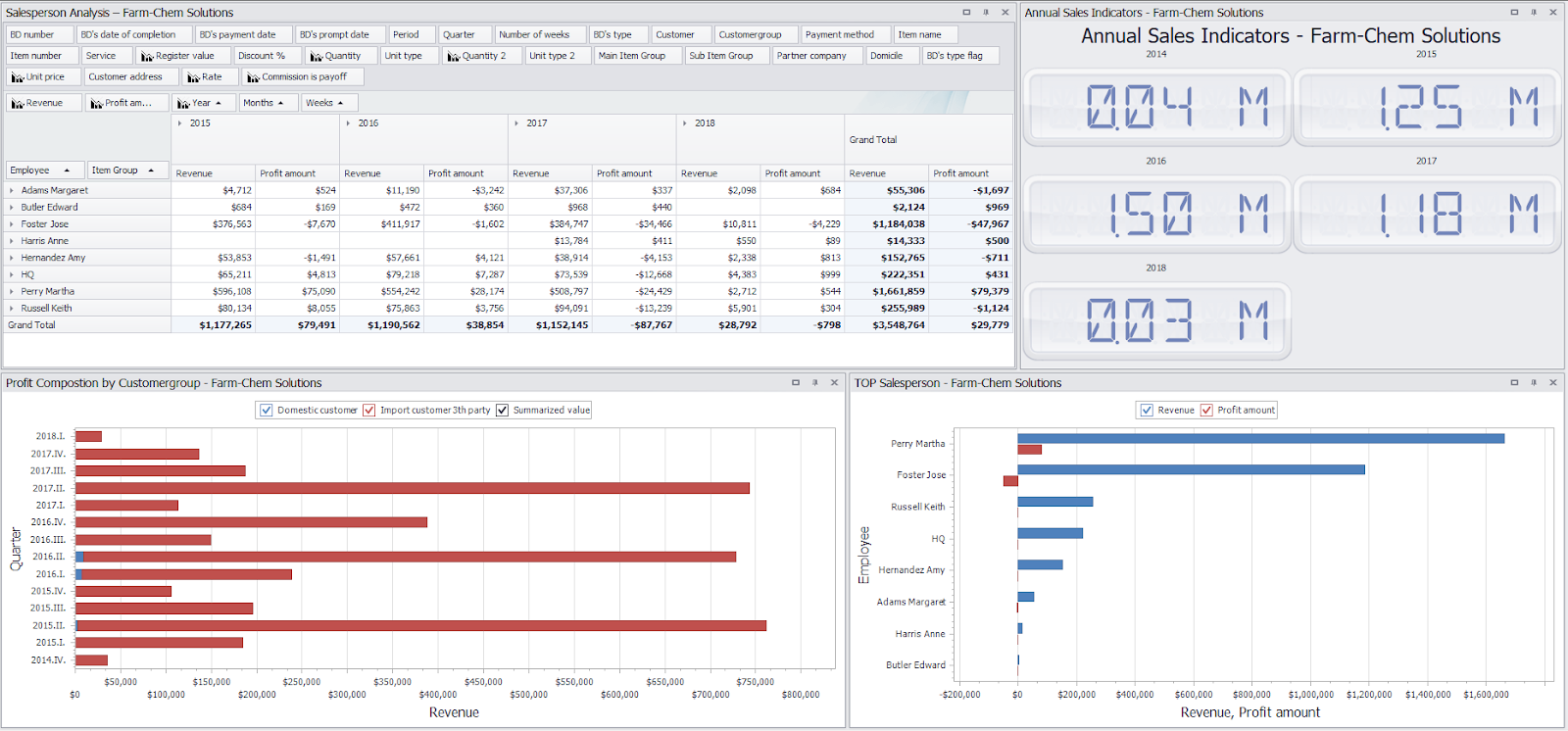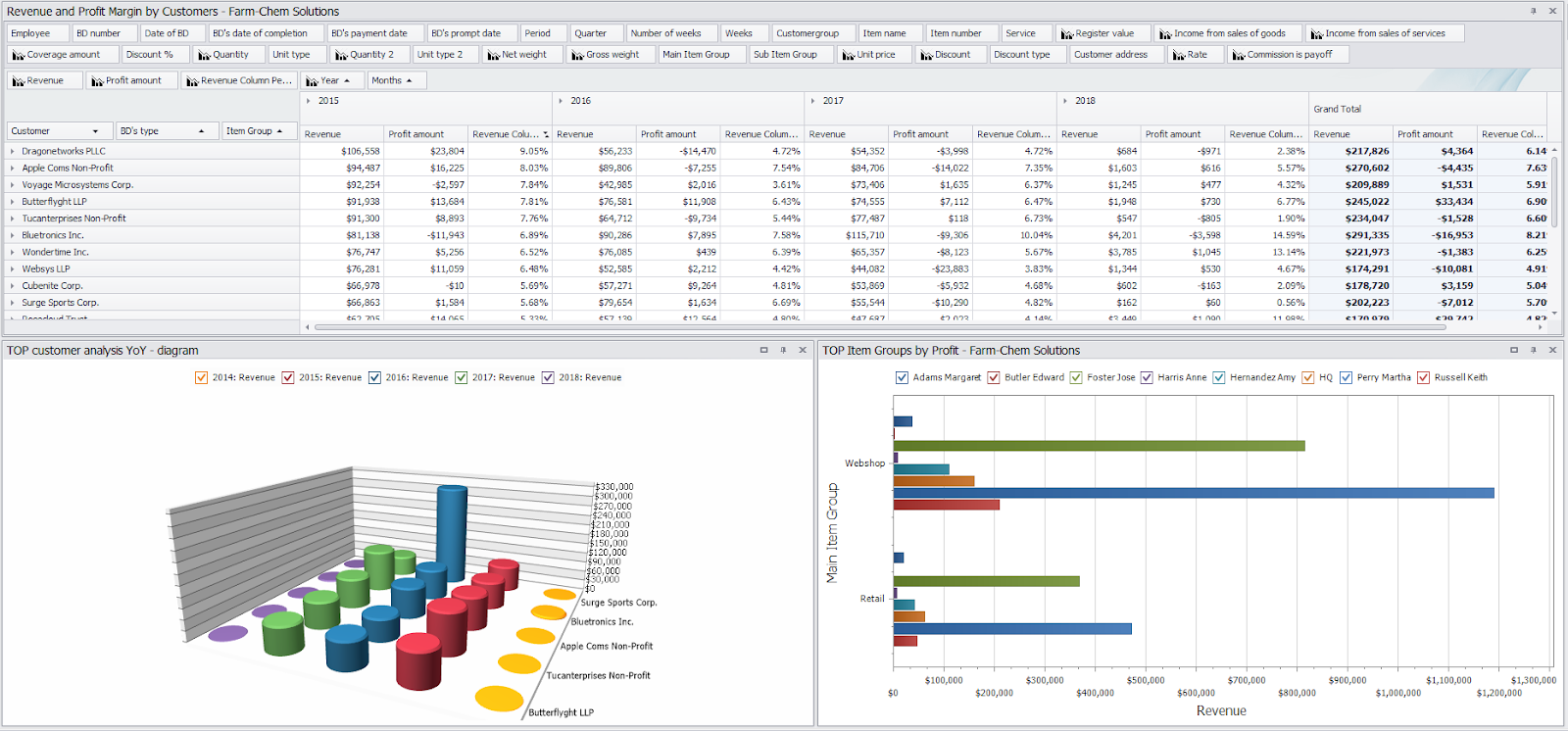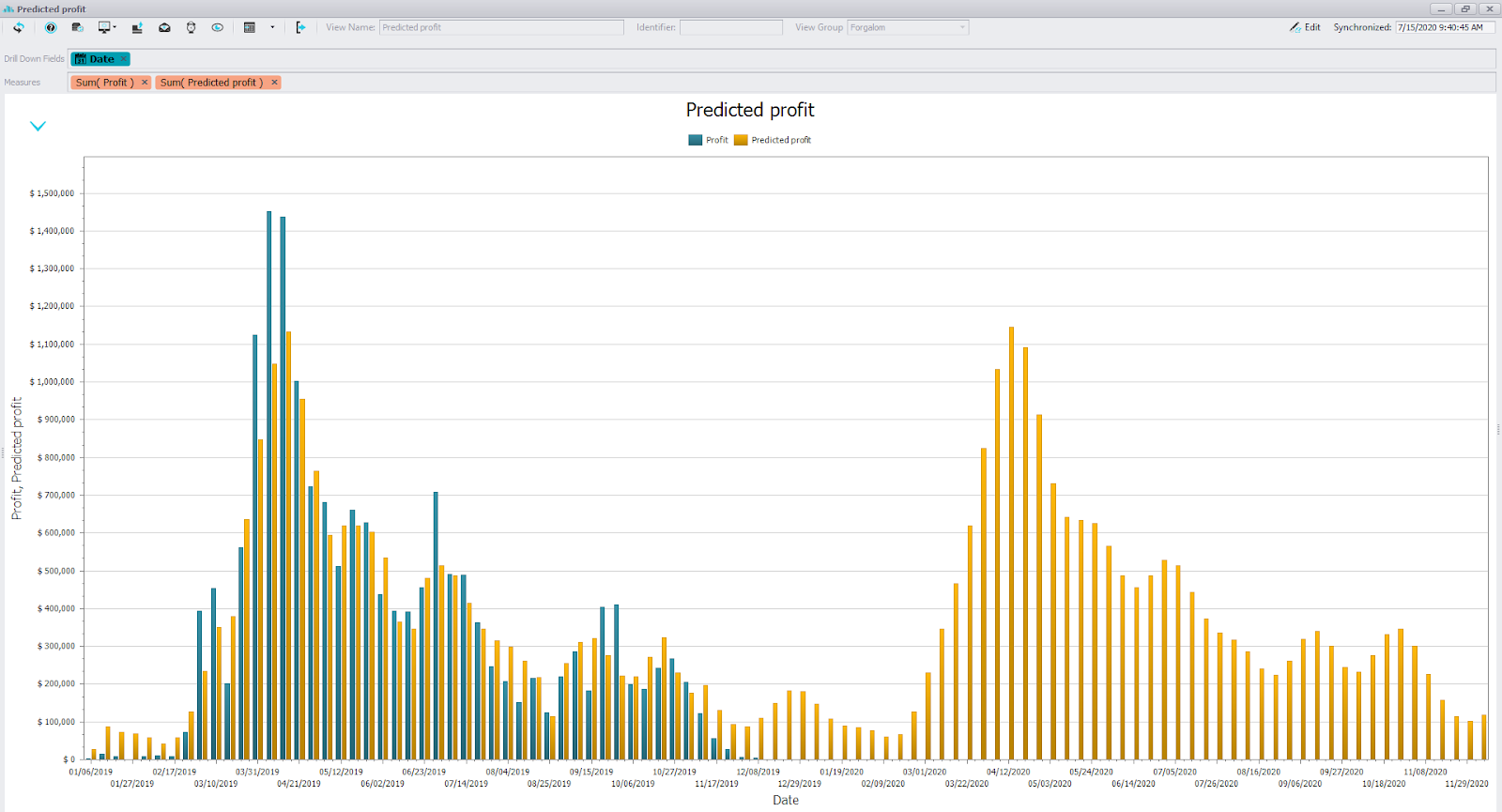Developing successful marketing strategies has relied on data to a certain extent for decades. From surveys to sales reports, numbers were crunched and filed, filled into spreadsheets, and studied for trends and patterns. Nowadays with the advent of big data analytics, we have more data than we know what to do with. With ever increasing online customer touchpoints, data is continuously being created. Thankfully, solutions like business intelligence software enable us to collect, clean, analyze, and visualize that data into a more digestible format.
Marketing teams can use actionable insights related to which products sell best at certain times of year, which customer profiles match certain behaviors and so on. Price sensitivity can also be identified depending on countless variables to ensure a custom, streamlined experience for each customer. All of these discoveries can come from omnichannel campaigns which are then presented in striking dashboards. Based on insights like these, marketing departments can then spend precious resources where they have the most impact and ultimately the best return.
Finding ways to speak to your customers in their language—in ways that make them connect with your brand—isn’t easy. But quality data doesn’t lie. Each of your customers is leaving breadcrumbs as they peruse, shop, and buy. A modern BI solution can harness that data and automatically identify patterns which business leaders can capitalize on.
Self Service BI
Traditionally business leaders brought their requirements to the IT or data team, who then extracted, transformed, and loaded (ETL process) data, usually from one source into a silo. It was basically owned by the IT department. Then the reports, views or dashboards were presented, possibly days or weeks later.
With self service BI, those marketing leaders can log in, and with a handful of clicks and a bit of patience, produce insights within maybe 20-30 minutes instead of hours or days. Without a doubt, this access to near real-time data discoveries and subsequent decisions are awesomely impactful. The IT department only needs to set up the software and communicate what data is actually available. Most users can, with a bit of effort, navigate self service BI tools on their own. Self service BI is more end user-driven and is akin to how smartphones democratized photography making it accessible to the masses.
Ease of use is obviously an extremely important feature, and defining self-service BI has been a central question for some time now. Unfortunately, when it comes to these systems, developers have mostly failed when complex predictive analysis needs to be done. With this issue in mind, you can decide which methods are the most efficient for analyzing your customer data.
So let’s dive in and see how BI can, and does, improve how marketing and sales teams operate.
1. The right message to the right demographic
Whether it’s data created by your own customers or data gathered from external sources, synching up with a BI solution can allow businesses to identify purchasing behaviors down to minute details. Whether it’s by age, city or interests, your ideal customer can be identified using past and current data to pinpoint patterns. All this happens more or less automatically once KPIs are decided on. And without having to sift through data manually, marketing teams free up time for more creative efforts.

2. Increase the accuracy of sales reporting
If you’re still manually going through data to create daily or weekly sales reports, you’re wasting valuable time. BI software can not only do the heavy lifting of filtering and identifying patterns, it can also eliminate the chance of human error in managing such large data sets. Having all your relevant data presented in easily accessible and understandable dashboards is priceless. You’re now available to do more of what you were hired to do: drive sales and close deals.

3. Sell more to existing customers and keep them coming back
Those customers who trust your brand and love your products are the lifeblood of your business; they are dependable and consistent in making regular purchases. So why not drill down into who they are and why they make certain buying decisions? With this data, you can then target similarly profiled prospective customers and increase your tribe of loyal, raving fans. This starts by creating profiles and ranking current clients based on a value system and singling out your best clients. Again, BI is the ideal platform for developing this strategy, whether it’s from one data source or many. Soon enough you’ll have replaced those low value, problematic buyers with high-value shoppers.

4. Create predictions for seasonal buying
For some businesses, the buildup to the holiday season represents half of the annual sales. This fact alone is reason enough to invest heavily in knowing as much as possible about seasonal trends and developing behaviors. This is where BI predictive analytics comes into play. Using past and present data, along with external factors (think weather, stock markets, global events, etc.) these tools can give highly accurate forecasts of what to expect. Whether it’s having the ideal amount of staff on hand, or how much raw material to order, BI predictions save resources and increase revenues. We can also apply predictions to different promotions, slow-moving products, and many other possible scenarios.

5. Predict and measure the effectiveness of marketing campaigns
Again, using past and current data, marketing leaders can harness prediction tools, with surprising accuracy, to forecast how a specific campaign is likely to perform. Planning and executing a strategy can then be carried out with informed decision making and increased confidence. Additionally, by syncing up your various campaigns into a BI system you can track how your target/base is reacting to your efforts in near real-time. This allows you to adjust spending and your message in a truly timely manner. Decisions can be made in the moment, saving serious cash from being wasted on a mistargeted audience. And by measuring KPIs you can compare expected to actual results, allowing a marketing team to develop a reliable, streamlined campaign that delivers on-demand.
Interested in finding out more about how BI can help take your marketing and sales to the next level? Our team of consultants and developers can guide you towards the ideal solution for your next campaign.

